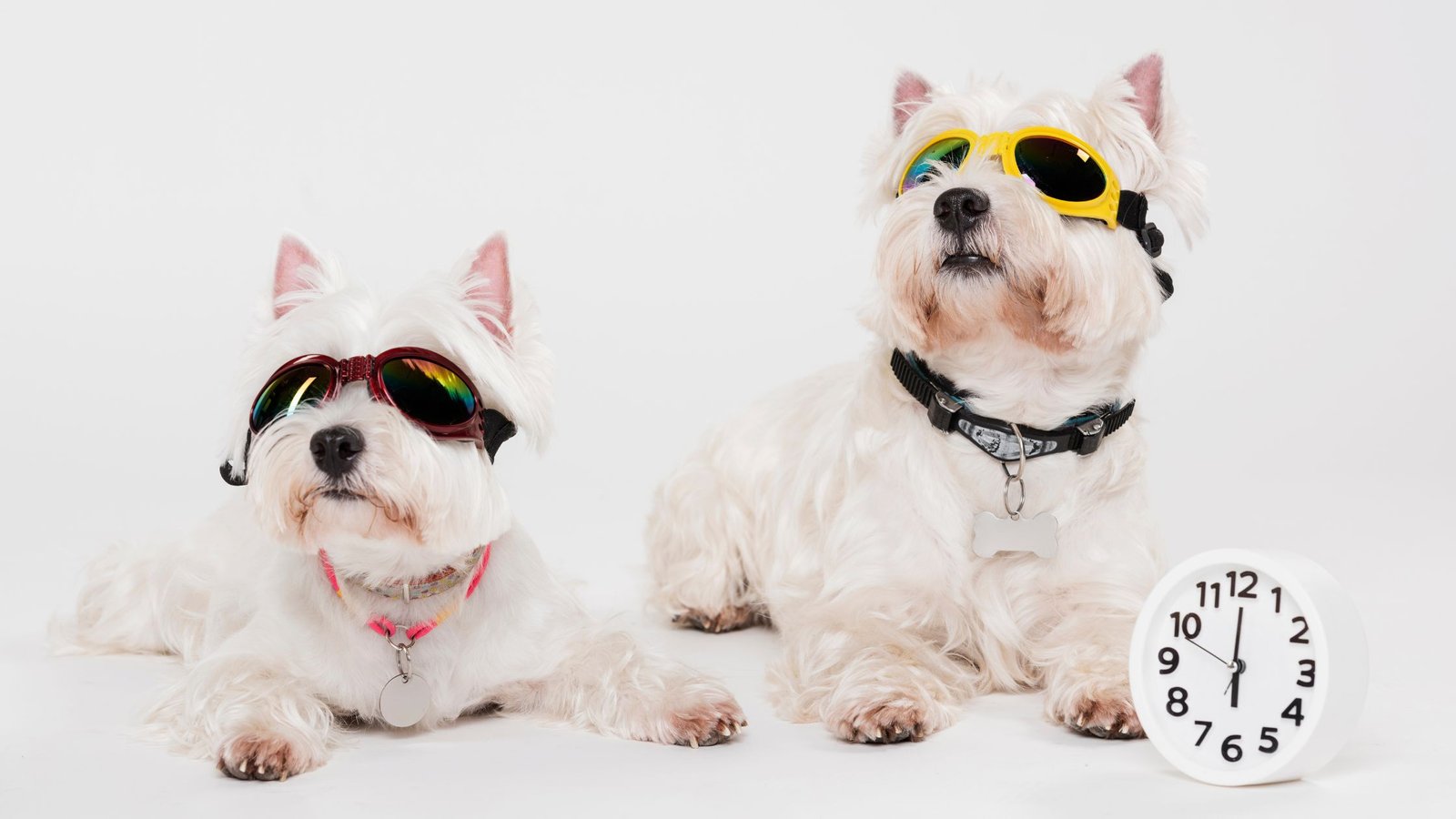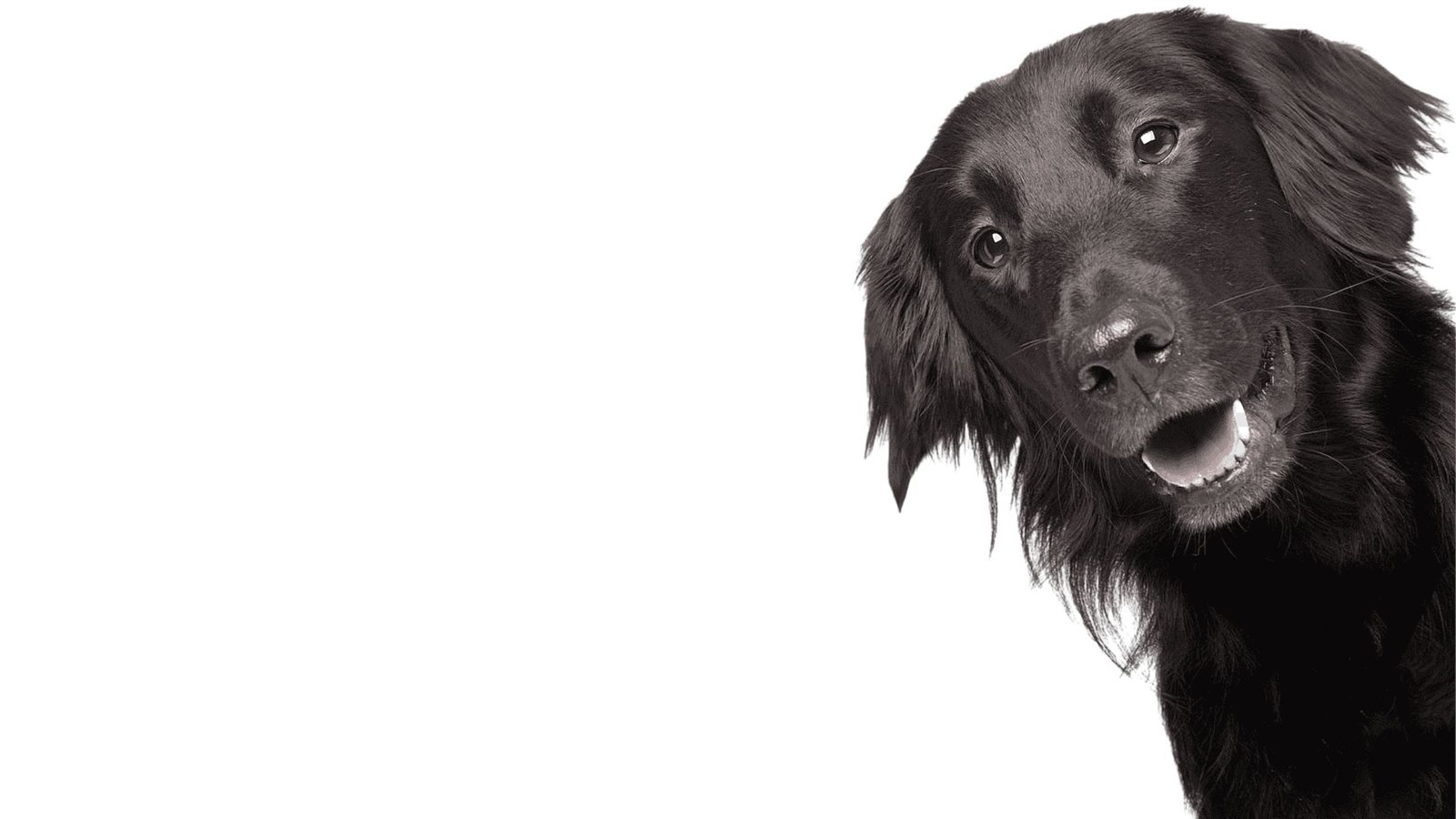We often wonder about the intriguing question: Do dogs perceive time? The answer might disappoint us a little. Dogs don’t seem to grasp the concept of time as humans do. However, their sense of routine is remarkably sharp.

HOW DOGS PERCEIVE TIME?
It appears dogs don’t comprehend the notion of time itself. But how can your furry friend precisely anticipate when you’ll return from work? The honest answer lies in their keen observation of daily routines and associated behaviors. If your dog seems to know it’s 8 AM, it’s because they’ve noticed patterns and cues.
For instance, they watch you go to the kitchen, take out a pot, and prepare a delicious meal daily. This routine signal dinnertime for them! Your dog’s sense of time stems from recognizing these repeated actions. Recurring events allow them to naturally predict what comes next. So, while it may disappoint some, your clever canine simply links occurrences together!
Dog’s Clock it’s repetition
Dogs are remarkably adept at recognizing patterns that lead to specific events. If you thought those sweet puppy-dog eyes aimed solely to score treats, think again! Your furry friend uses their observational skills to monitor their surroundings closely. That’s how they know when it’s mealtime, walk time, or any other scheduled activity. Dogs are highly adaptable, reinforced by the schedules we provide, and follow our lead attentively. They observe and interpret the world around them, connecting the dots effortlessly.
If your dog can link events seamlessly, it’s a sign they’re thriving and will likely enjoy a high quality of life as a healthy, content companion. By maintaining consistent routines and schedules, you’re helping your furry friend feel secure and in sync with their environment. Their ability to anticipate familiar patterns contributes to their overall well-being and strengthens the incredible bond you share.
Dogs perceive time according their Routines
Owners sometimes feel like they are dictating their dog’s life, and somehow that is true. They determine what is the best time for dinner or time for a walk. That is how your dog adapts to your schedule and follows your lead. If you are running late for a routine that is known by your dog, the dog will make sure you know it! What is interesting that sometimes seems like time is passing slowly for your dog.
You might have been out without your dog for 15 minutes, and your canine will greet you like you’ve been away for 15 hours. The fact is that each species shows differences based on various factors like their metabolism, lifespan etc. There are some external factors as well like how long your dog is exposed to light and dark during the day. They cannot read a clock but they always know the exact time for feeding. That leads us to the perception they have internal biological clock.
Guess what?
- That is true.
Their biological clock is located in the hypothalamus.
Dog’s Waiting Mode
Studies have shown that when dogs are in ‘’waiting mode’’ (for a walk or a dinner) the neurons in their brain are activated. The neurons are housed in the brain’s temporal lobe where their memory is stored. Your dog may be smarter and more advanced than we think. Dogs know what is the best time to sleep or to be active due to having a circadian rhythm.
Dogs are very good in picking up verbal and non-verbal cues. They know the time only by observing and watching our routines on a daily basis. They experience time by adapting to our routines, repeatable events and when their own needs are being met. Your dog is so incredible in connecting certain events that you might think he knows the future.
Don’t feel down if your pup seems to anticipate events before they occur!
It’s remarkable that dogs possess an extraordinary ability to “predict the future” and “read the clock.” This talent stems from their reliance on routines and schedules.

HOW STRUCTURE BENEFITS YOUR DOG
Dogs thrive on habits and routines, which play a vital role in their well-being. Let’s explore the significance of time routines for dogs, how they benefit your furry friend, and gain practical insights into creating a structured daily schedule that enhances your dog’s life.
Understanding Dog Routines
Dogs perceive time as routines because they are creatures of habit. Routines provide them with a sense of security and predictability. But why are time routines so crucial for our canine companions?
Why Time Routines Matter for Dogs
- Stress Reduction: Predictable routines help lower anxiety in dogs. Knowing what to expect creates a sense of security.
- Behavioral Improvement: Structured routines can minimize undesirable behaviors by meeting your dog’s physical and mental needs.
- Physical Health: A well-balanced routine ensures your dog receives the proper amount of exercise, rest, and nutrition, contributing to their overall health.

COMPONENTS OF AN EFFECTIVE DOG TIME ROUTINE
A successful dog time routine includes specific components that cater to your dog’s needs:
- Feeding Schedule: Establish a regular feeding schedule. This aids in potty training and digestion.
- Potty Breaks: Provide consistent opportunities for your dog to relieve themselves. This helps reinforce good habits.
- Exercise and Playtime: Incorporate daily physical activity and mental stimulation through walks, games, and interactive toys. This maintains their physical fitness and prevents boredom.
- Rest and Relaxation: Dogs need adequate sleep and downtime. Ensure they have a comfortable, quiet space to retreat.
- Training and Bonding: Set aside time for training sessions and quality bonding with your dog. This strengthens your relationship and reinforces positive behaviors.
Implementing a Routine for Your Dog
Start by observing your dog’s natural rhythms and preferences. Gradually introduce a routine that aligns with their needs. Be consistent with timing and activities. Dogs thrive on predictability, so stick to the schedule as much as possible. Involve the whole family in following the routine.
An effective dog time routine follows a balanced structure. It includes a mix of physical activity, mental stimulation, rest periods, and bonding time.
Here’s an example of a well-rounded daily schedule for your pup:
- Morning (6:30 AM – 7:30 AM): Start the day with a potty break and a nutritious breakfast to fuel their energy.
- Morning (7:30 AM – 9:00 AM): Engage in outdoor play and exercise. A brisk walk, game of fetch, or a visit to the dog park are great options.
- Morning (9:00 AM – 11:00 AM): Allow your pup to rest and take a nap. Dogs need their beauty sleep too!
- Midday (11:00 AM – 12:00 PM): Schedule a training session to keep their minds sharp and engaged.
- Midday (12:00 PM – 1:00 PM): Break for lunchtime and another potty break to stretch their legs.
- Afternoon (1:00 PM – 3:00 PM): More outdoor playtime or a leisurely walk to burn off energy.
- Afternoon (3:00 PM – 4:00 PM): Challenge their problem-solving skills with a training session or puzzle toys.
- Late Afternoon (4:00 PM – 6:00 PM): Allow time for rest and relaxation as their energy levels wind down.
- Evening (6:00 PM – 7:00 PM): Serve dinner and provide another potty break before the evening activities.
- Evening (7:00 PM – 8:00 PM): End the day with a relaxing evening walk to promote good sleep.
- Evening (8:00 PM – 9:00 PM): Wind-down time with quiet play, cuddles, or simply lounging together.
- Night (9:00 PM): One final potty break before settling in for a good night’s rest.
Adapting to Life Changes: While a routine is beneficial, flexibility is key. Life can be unpredictable, and it’s important to adapt your dog’s schedule to accommodate changes. Whether it’s a change in work hours, a new family member, or unexpected events, adjust the routine accordingly to maintain consistency and minimize stress for your furry companion.
Happy and Structured Life for Your Dog
A structured time routine provides a sense of security and stability for your dog, leading to reduced stress, improved behavior, and better physical health. By creating and maintaining a well-balanced daily schedule, you’re contributing to your canine companion’s overall happiness and well-being. In conclusion, embracing a structured daily routine can significantly enhance your dog’s quality of life. It fosters a harmonious and stress-free environment where your furry friend can thrive. Hopefully this article helped you to understand how dogs perceive time.
Read more about the power of dog memories,
or check the topic of dog intelligence on Wiki Pages!












